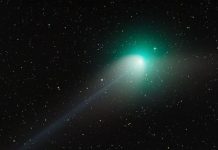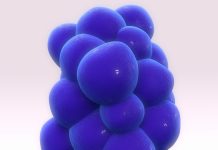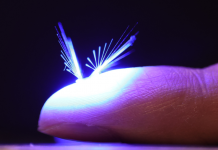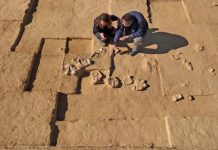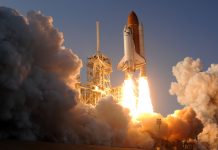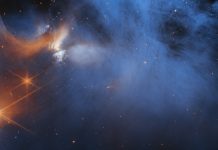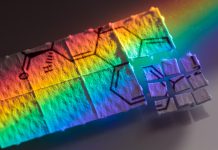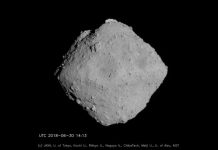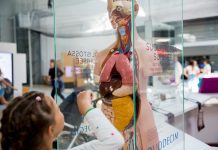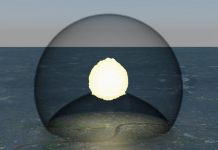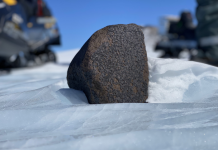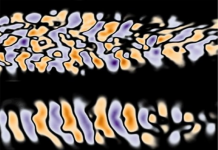Research & Innovation News
Open Access Government has a large variety of Scientific Research and Innovation information that is available in this category.
This section explores the latest breakthroughs in all aspects of science: including Biology, Chemistry, Physics, Psychology and Sociology. There is extensive research on psychological and social patterns that occur in everyday life.
Information is available on scientific policies that the government might adopt. Along with the changes and developments of global space policy. We cover the ongoing rise of anti-microbial resistance (AMR) and cancer research breakthroughs along with countries and their own individual research priorities.
Within this category we explore the massive increase and growth in CBD research and production, there is a lot of interesting information available.


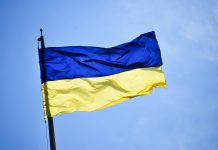

![Using Hubble to see the Tarantula Nebula in new detail A snapshot of the Tarantula Nebula (also known as 30 Doradus) is the most recent Picture of the Week from the NASA/ESA Hubble Space Telescope. The Tarantula Nebula is a large star-forming region of ionised hydrogen gas that lies 161 000 light years from Earth in the Large Magellanic Cloud, and its turbulent clouds of gas and dust can be seen swirling between the region’s bright, newly-formed stars. The Tarantula Nebula is a familiar site for Hubble. It is the brightest star-forming region in our galactic neighbourhood and home to the hottest, most massive stars known. This makes it a perfect natural laboratory in which to test out theories of star formation and evolution, and a rich variety of Hubble images of this region have been released to the public in recent years. The NASA/ESA/CSA James Webb Space Telescope also recently delved into this region, revealing thousands of never-before-seen young stars. This new image combines data from two different observing proposals. The first was designed to explore the properties of the dust grains that exist in the void between stars and which make up the dark clouds winding through this image. This proposal, which astronomers named Scylla, complements another Hubble observing proposal called Ulysses and is revealing how interstellar dust interacts with starlight in a variety of environments. This image also incorporates data from an observing programme studying star formation in conditions similar to the early Universe, as well as cataloguing the stars of the Tarantula Nebula for future science with Webb. [Image description: Wispy, nebulous clouds extend from the lower-left of the image. At the top and right the dark background of space can be seen through the sparse nebula. Along the left and in the corner are many layers of brightly-coloured gas and dark, obscuring dust. A cluster of small, bright blue stars in the same corner expands out across the image. Many much smaller stars cover the background.]](https://www.openaccessgovernment.org/wp-content/uploads/2023/02/hubble_30dor_potw2305a_main-218x150.jpeg)
